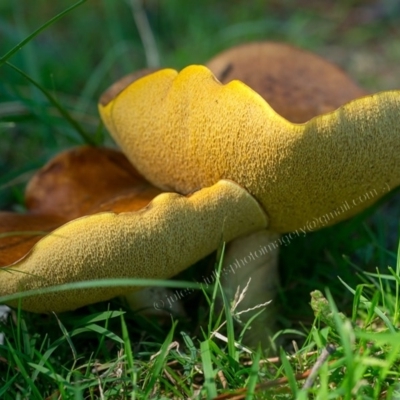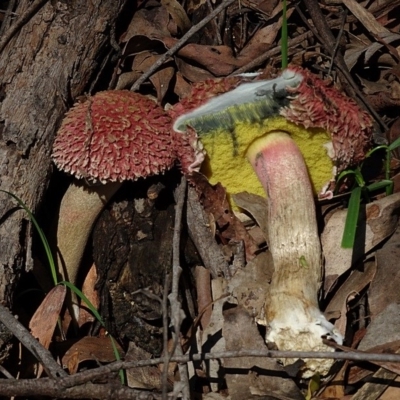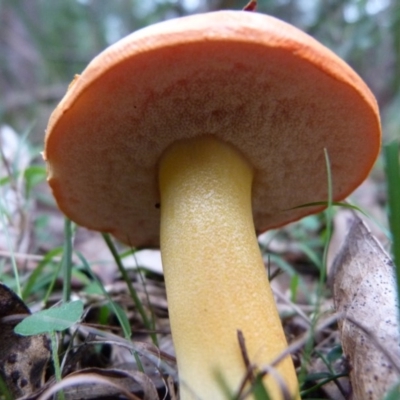Cap on a stem; pores below cap [boletes & stemmed polypores] species
The fungi in this group produce fruitbodies with pores on the underside of the cap. Mostly the pores are roughly circular but in some species they are elongated. In some species the pores measure a millimetre or more in diameter but in others they are almost invisible to the naked eye and you may need a magnifying glass or hand lens to confirm their presence.


































































